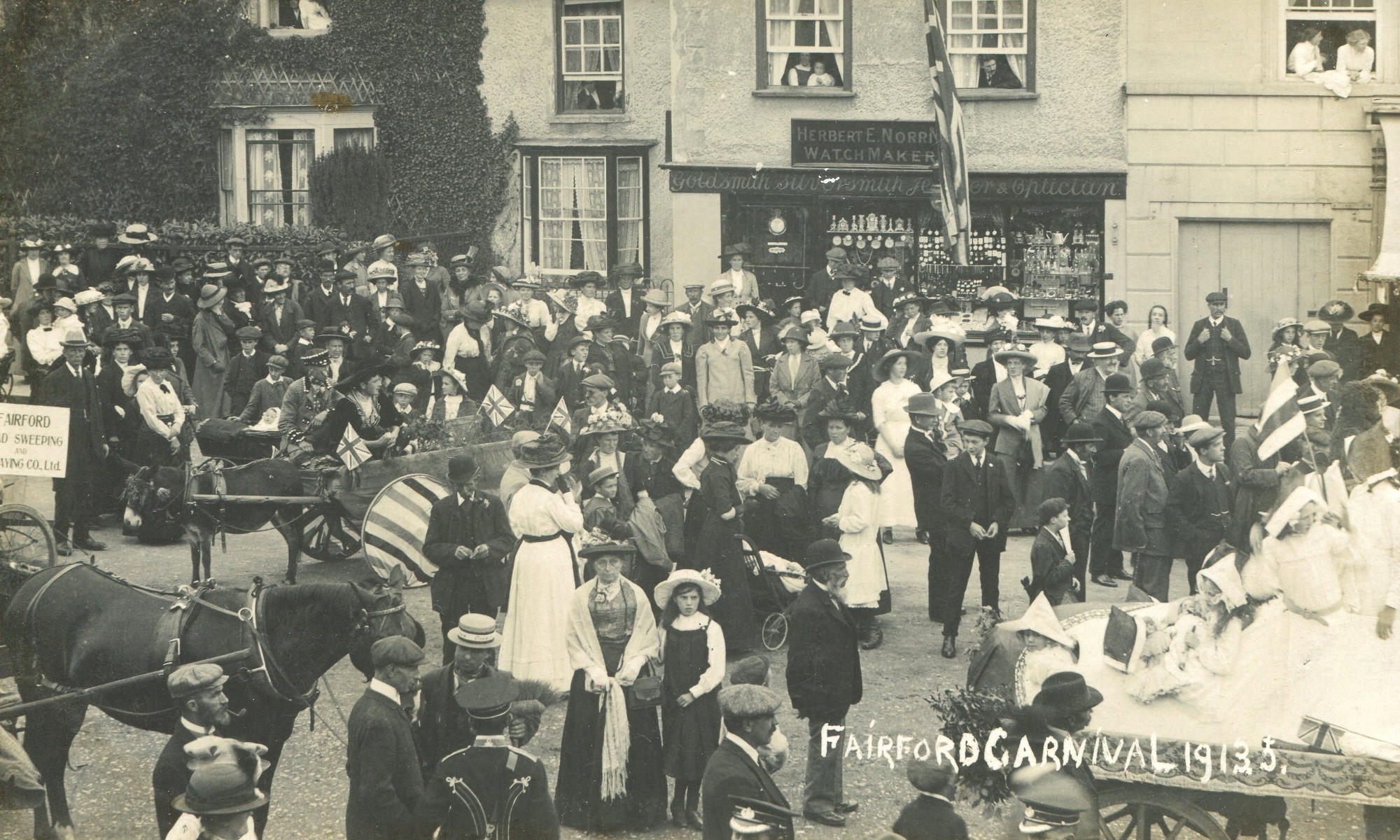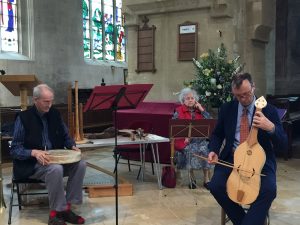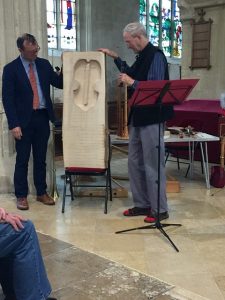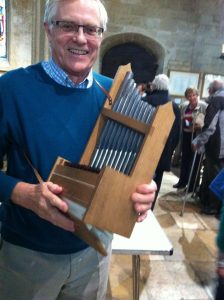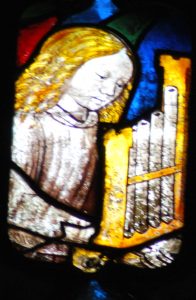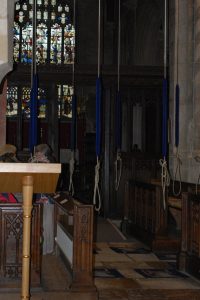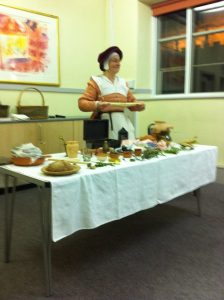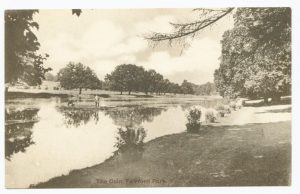A varied selection of objects were brought to ‘the Show and tell’ at the FHS meeting in January in the Fairford United Church.
-
The model submarine HMS Pride of Fairford stood on the counter of one of the Pubs to collect funds for ‘Warships Week’ during 1942. There was also a larger version which floated on the River Coln – for a while! The owners of this model have donated it to FHS.
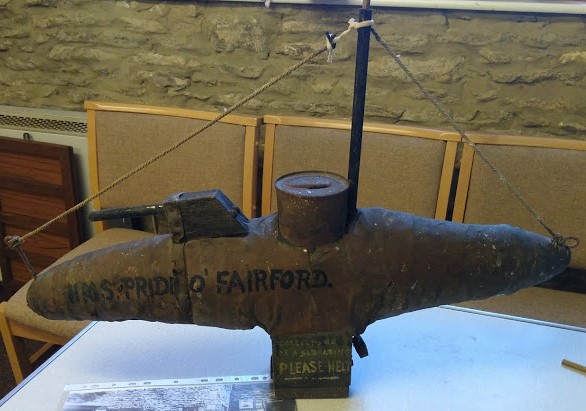
-
A picture showing the number of barrels of beer drunk at the 1938 Carnival
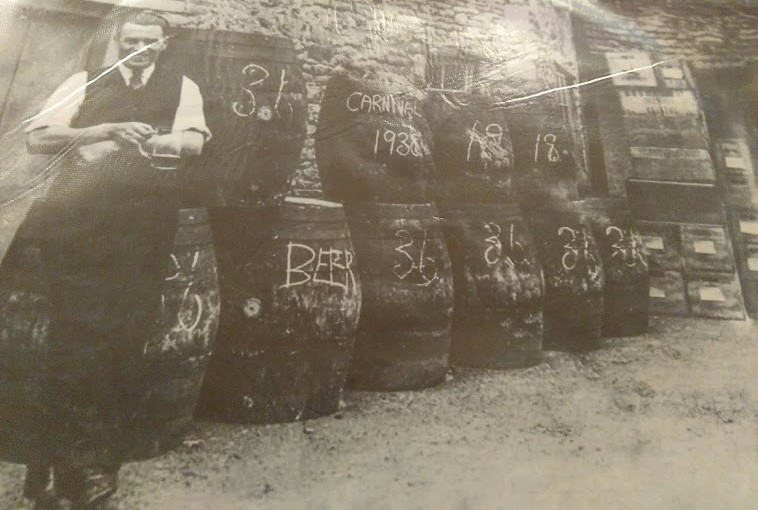
-
Two candlesticks brought back memories of before electricity, which only came to Fairford in 1933.
-
An 1882 map showed the proposed route of the railway to Cirencester – from Maisey Hampton westwards and other interesting features such as the Fairford Brickworks to the west of the town. The bricks were used to build houses in West End, the Cottage Hospital and an outbuilding at the Railway Inn.
-
A beautifully-made wooden box which had contained surgical instruments probably for use at a field hospital in WW1.
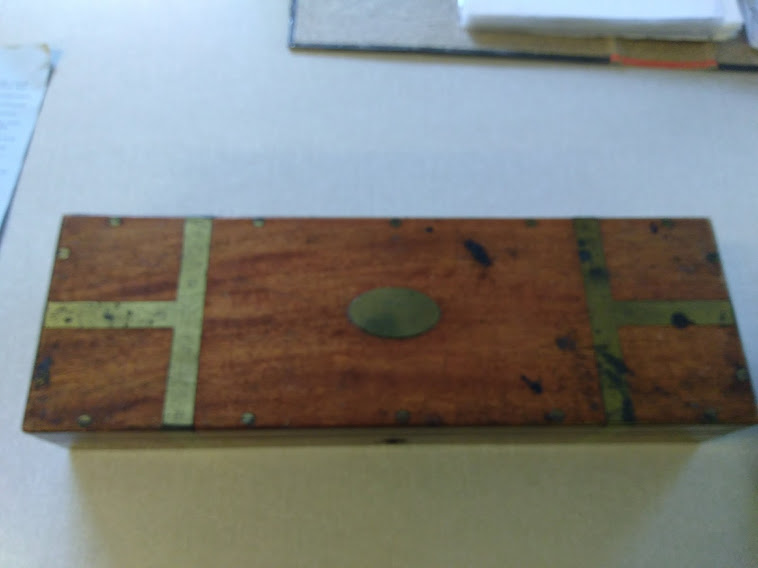
-
An old walking stick used by the owner’s great grandfather who came to farm in Gloucestershire during the 19th century and still being used.
-
A lovely inherited fox brooch which was found to have a very interesting story behind it
-
Fairford Steam Rally started in 1968 and a 25 year anniversary programme and Morris Van made specially in 1993 were shown, which evoked memories of attending the event. Sadly the Steam Rally has ceased in 2016 although it raised a great deal of money for charity.
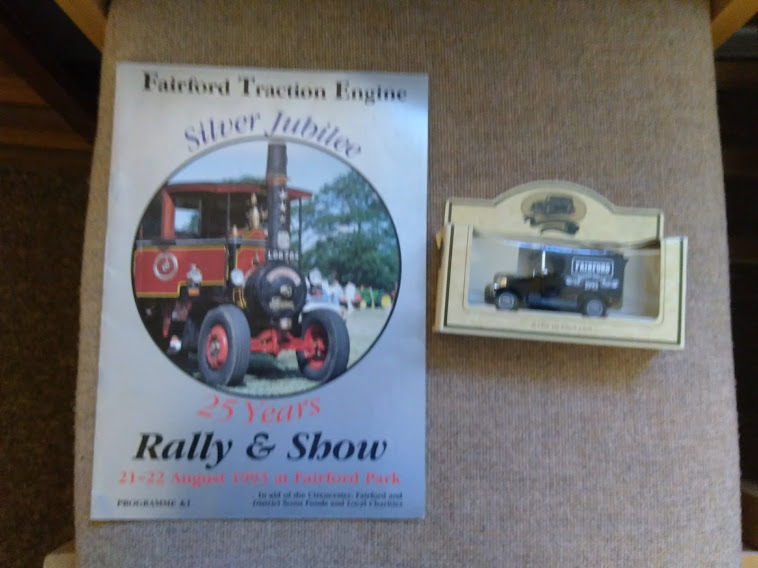
-
John Read talked about the Fairford Church Organ, its history and organists and asked if anyone could remember the name of the female organist who was a Farmor’s School teacher.
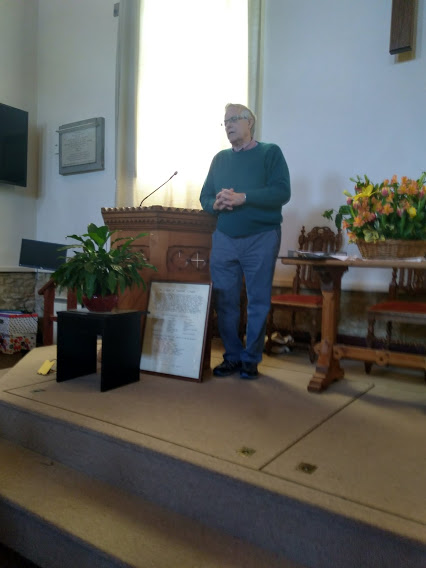
-
1918 diary with two memorable occasions of that year noted on November 11 the Armistice with hooters and maroons being set off at 11am and the first election after the Representation of the Peoples Act in 1918 where men over 21 and for the first time women (still only over 30) could vote. The results were not counted until a few weeks later so that soldiers’ votes had time to get back to this country.
